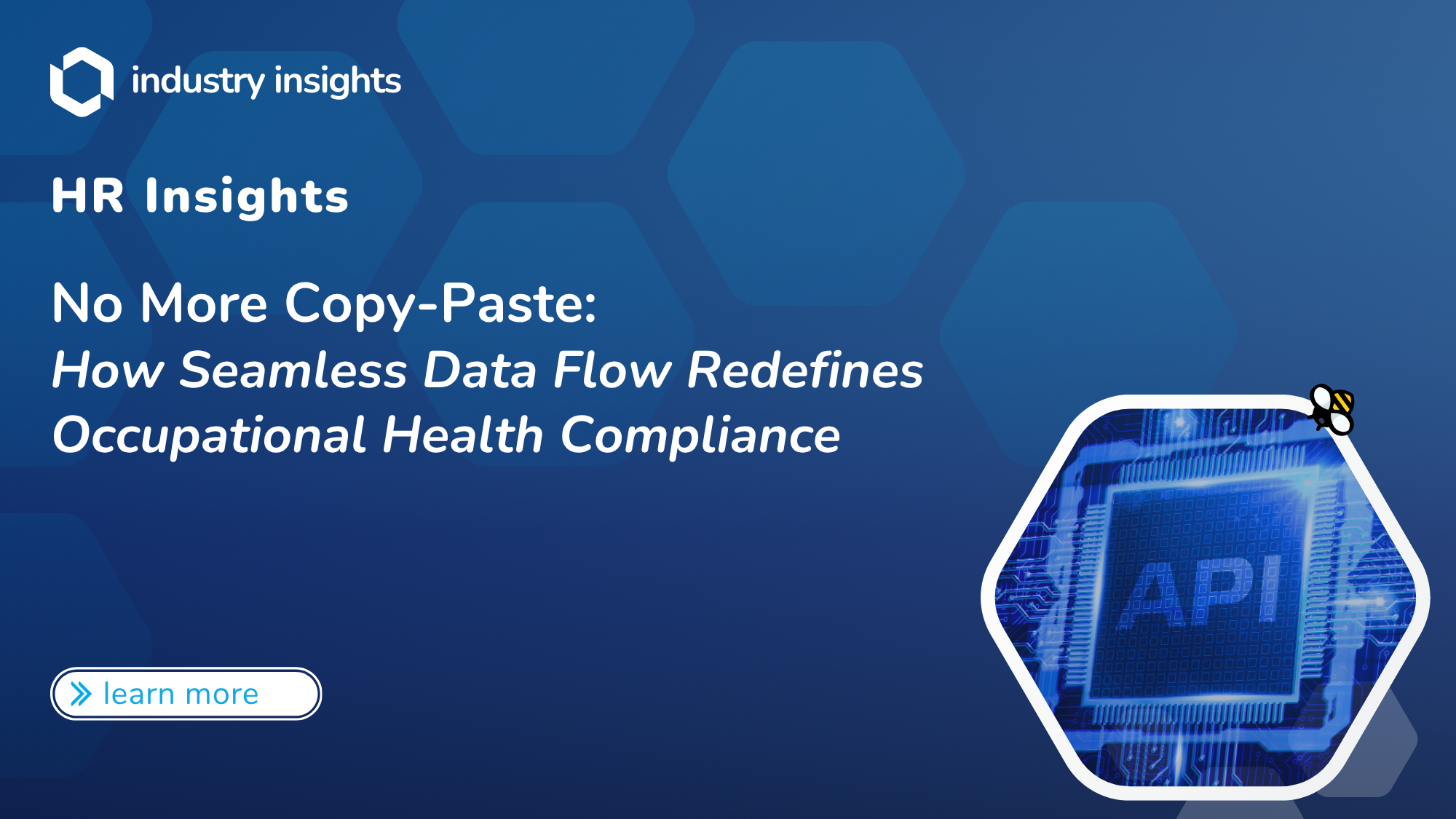Talent shortages and rising hiring costs are squeezing employers across sectors. At the same time, a large “hidden workforce” of justice-impacted candidates remains underutilized. Fair-chance hiring programs tap this pool while delivering measurable returns: stronger retention, lower cost-to-hire over time, and more resilient teams (SHRM & CKI, 2021; U.S. Chamber of Commerce, 2021).
The Hidden Workforce
Millions of Americans live with a record, creating barriers to employment that depress earnings and shrink the labor pool. Inclusive hiring policies help close these gaps and expand access to motivated talent (The Sentencing Project, 2015; U.S. Chamber of Commerce, 2024).
Why it matters for HR: Surveys of HR leaders and managers consistently report that employees with criminal records perform as well as – or better than – other hires on reliability, quality of hire, and retention.
The ROI Story
Retention & Loyalty: Multiple employer case studies and a longitudinal study at Johns Hopkins Hospital found lower turnover among second-chance hires when employers used relevance-based background review and post-hire support. Stable retention directly reduces backfill and training costs. (UNC Criminal Justice Innovation Lab, 2023).
Cost of Turnover: SHRM estimates direct replacement costs can reach 50–60% of annual salary, with total turnover costs ranging from 90–200%—making retention gains financially significant (SHRM, 2016).
Cost-to-Hire Baseline: SHRM benchmarking pegs the average cost-per-hire around $4,700 for typical roles. Reducing churn via fair-chance hiring lowers recruiting volume and spend.
Productivity: Lower churn shortens the “time-to-full-productivity” cycle across teams; employers report equal or better dependability and performance among second-chance hires.
The Compliance Comfort Zone
Fair-chance hiring aligns with established compliance frameworks:
- EEOC Guidance (2012): Use job-related, business-necessity criteria and consider individualized assessments rather than blanket exclusions to avoid disparate impact risk under Title VII (EEOC, 2012).
- Ban-the-Box / Fair-Chance Laws: Many states and cities limit when employers may inquire about criminal history, typically after a conditional offer. Policy trackers and compliance guides can help multi-state employers stay aligned (NELP, 2021).
- Tax Incentives: The federal Work Opportunity Tax Credit (WOTC) provides credits for hiring from certain target groups, including qualified ex-felons (U.S. DOL, 2024; IRS, n.d.).
Key Metrics HR Should Track
- Retention % by cohort: Compare second-chance hires vs. baseline (target: narrow or reverse any gap; many programs see equal or better retention).
- Cost-to-Hire: Track all internal/external recruiting costs divided by hires; benchmark against the ~$4,700 industry average.
- Time-to-Productivity / First-Year Attrition: Watch 30/60/90-day and 1-year attrition; pair with supervisor quality-of-hire scores.
- Training ROI: Combine training spend with retention outcomes to quantify avoided re-training cycles.
- Compliance KPIs: % of requisitions with delayed background inquiry, % of candidates offered individualized assessment, and WOTC certifications secured.
The Tools That Make it Possible
Modern platforms (like BlueHive) remove friction so programs can scale without overloading HR or clinical staff:
- Automated compliance workflows: Delay background inquiries to the right stage and document individualized assessments aligned to EEOC guidance (EEOC, 2012).
- Integrated screening & medical clearances: Streamline drug screens, physicals, immunizations, and fit testing to accelerate onboarding and reduce time-to-start.
- Provider network scheduling: Access to a broad network keeps candidates moving through pre-employment steps without bottlenecks.
- Reporting dashboards: Track retention, time-to-start, and WOTC certifications in one place to quantify ROI for leadership (U.S. DOL, 2024).
Action Checklist: Start Small, Scale Smart
- 1.) Pick one role with churn pain. Define success metrics (retention, 90-day attrition, time-to-start).
- 2.) Tune your policy. Remove conviction questions from initial applications; add an individualized-assessment step keyed to job relevance.
- 3.) Enable the ops layer. Stand up streamlined health/compliance workflows and candidate support (transportation, scheduling, documentation).
- 4.) Capture incentives. File timely WOTC certifications (within 28 days of start) and track awards (U.S. DOL; IRS).
- 5.) Measure & market the wins. Report cost-to-hire, retention lift, and supervisor satisfaction quarterly; socialize success stories internally and with community partners.
Conclusion
Fair-chance hiring isn’t a leap of faith – it’s a measured, data-driven move that expands your talent pool, strengthens retention, and lowers the real costs of churn. When you pair job-related screening and EEOC-aligned practices with clear metrics – retention, time-to-productivity, and cost-to-hire – you turn second chances into predictable ROI, not wishful thinking.
The operational lift doesn’t have to be heavy, either: platforms like BlueHive streamline pre-employment health requirements, keep scheduling and documentation on track, and surface the dashboards leaders need to see progress at a glance (less paperwork, more people-work). Start small – one role, one pilot, 90 days—capture the wins, and scale what works.
The payoff is compelling: steadier teams, healthier budgets, and a brand employees and communities are proud to stand behind. That’s the business case – and the human case – for unlocking the ROI of second chances.
Blue Jacket, Inc.
Blue Jacket, Inc. – a non-profit organization in the Fort Wayne, IN area – is on a mission to provide training and opportunities to anyone with a barrier who is striving to earn gainful employment. Their vision is that anyone with a barrier to employment will be restored with hope and provided capacity to obtain and retain employment because of Blue Jacket’s vast network and support resources.
Watch the video below to hear Jacob Pollard talk about how Blue Jacket has partnered with BlueHive and how easy it is to get started thanks to BlueHive’s innovative platform!
Download the Whitepaper
Sources
- Equal Employment Opportunity Commission. (2012). Enforcement guidance on the consideration of arrest and conviction records in employment decisions under Title VII of the Civil Rights Act of 1964. U.S. Equal Employment Opportunity Commission. https://www.eeoc.gov/laws/guidance/enforcement-guidance-consideration-arrest-and-conviction-records-employment-decisions
- Internal Revenue Service. (n.d.). Work Opportunity Tax Credit. U.S. Department of the Treasury. https://www.irs.gov/businesses/small-businesses-self-employed/work-opportunity-tax-credit
- National Employment Law Project. (2021). Ban the box: U.S. cities, counties, and states adopt fair hiring policies. https://www.nelp.org/insights-research/ban-the-box-fair-chance-hiring-state-and-local-guide/
- North Carolina Criminal Justice Innovation Lab. (2023). Second chance hiring success stories. https://cjil.sog.unc.edu/wp-content/uploads/2023/07/Second-Chance-Hiring-Success-Stories.pdf
- Pew Charitable Trusts—Stateline. (2017). Matching ex-offenders with hard-to-fill health care jobs. https://stateline.org/2017/04/19/matching-ex-offenders-with-hard-to-fill-health-care-jobs/
- Society for Human Resource Management. (2016). Retaining talent: A guide to analyzing and managing employee turnover. https://www.shrm.org/content/dam/en/shrm/topics-tools/news/Retaining-Talent.pdf
- Society for Human Resource Management. (2022). Talent access / HR metrics benchmarking (cost-per-hire reference). https://www.shrm.org/content/dam/en/shrm/research/benchmarking/Talent%20Access%20Report-TOTAL.pdf
- Society for Human Resource Management, & Charles Koch Institute. (2018). Workers with criminal records (survey findings). https://www.prisonpolicy.org/scans/cki_shrm/report.pdf
- U.S. Chamber of Commerce. (2021). The business case for criminal justice reform: Second chance hiring. https://www.uschamber.com/assets/documents/uscc_business_case_for_cj-second_chance_hiring_report_aug2021.pdf
- U.S. Chamber of Commerce. (2024). The workforce impact of second chance hiring. https://www.uschamber.com/workforce/data-deep-dive-the-workforce-impact-of-second-chance-hiring-3
- U.S. Department of Labor, Employment and Training Administration. (2024). Work Opportunity Tax Credit (WOTC) fact sheet. U.S. Department of Labor. https://www.dol.gov/sites/dolgov/files/ETA/wotc/pdfs/WOTC-Fact-Sheet-2024.pdf




